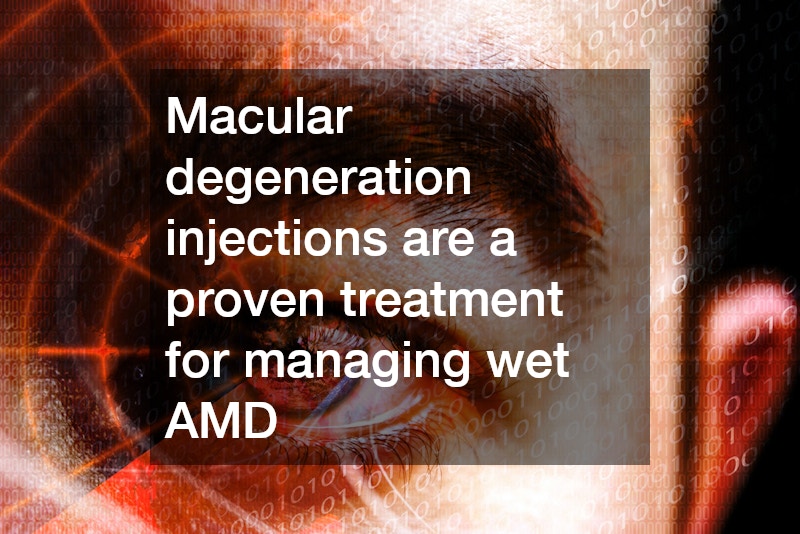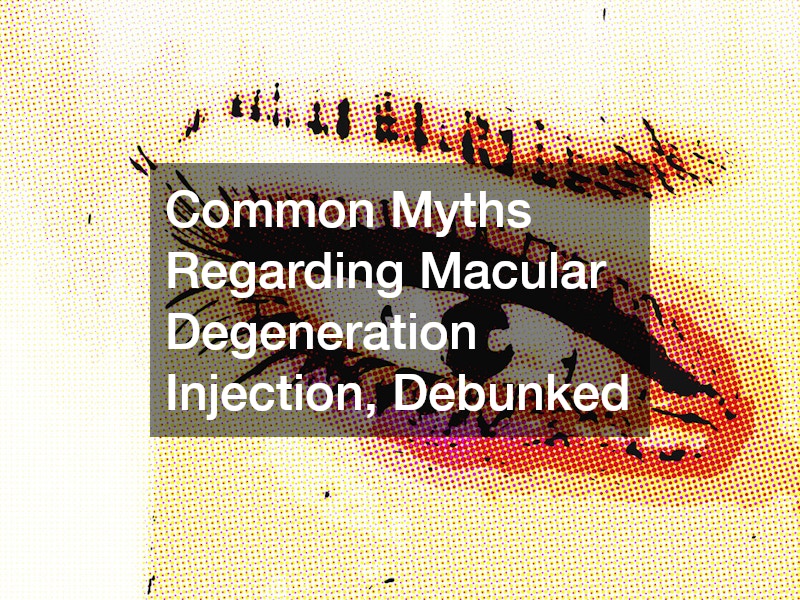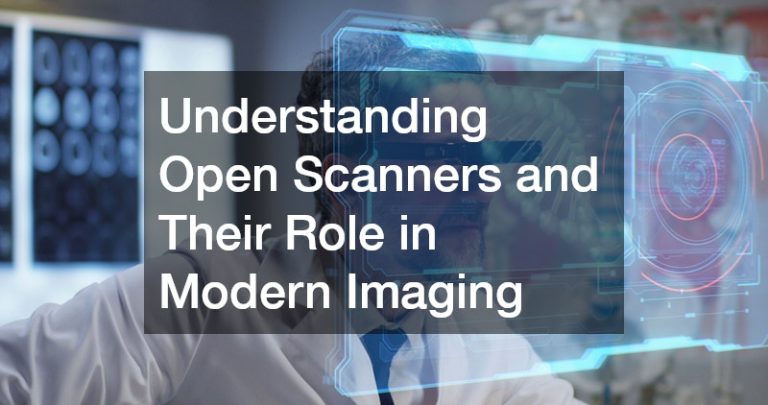Macular degeneration injections are a critical treatment for age-related macular degeneration (AMD), especially for the “wet” form, which can cause rapid vision loss. Unfortunately, several myths about this treatment can prevent people from seeking the care they need. Here, we’ll address and debunk some common myths about macular degeneration injections, clarifying what patients should expect.
Myth 1: Macular Degeneration Injections Are Painful
A common misconception is that macular degeneration injections are highly painful. The reality is that while some patients may experience minor discomfort, the injection process is generally well-managed by eye care professionals.
Local anaesthetics are used to numb the eye, minimising any potential pain. Most patients report only a mild sensation or pressure during the procedure, which lasts just a few minutes. By discussing any concerns with your eye specialist, you can better understand how they will work to make you comfortable.
Myth 2: Injections Are Only Necessary Once
Some believe a single macular degeneration injection will resolve the condition. However, AMD is a chronic disease that typically requires ongoing treatment to slow its progression. In the beginning, injections may be administered more frequently, sometimes monthly. As the condition stabilises, your ophthalmologist may extend the time between treatments. Understanding that AMD requires consistent management rather than a one-time fix helps set realistic expectations for long-term eye health.
Myth 3: Injections Will Fully Restore Vision
While macular degeneration injections can be effective in stabilising or slowing vision loss, they are not a cure for AMD and may not fully restore lost vision. The injections primarily work to inhibit abnormal blood vessel growth and reduce fluid build-up in the retina, which are symptoms of wet AMD. For some patients, these treatments may result in slight improvements, but their main benefit is slowing or halting further damage. The goal is to preserve existing vision rather than reversing the condition, so patients need to understand the realistic outcomes of their treatment.
Myth 4: Injections Are Dangerous and Cause Severe Side Effects
Another common myth is that macular degeneration injections come with severe risks and side effects. While, as with any medical procedure, there are potential side effects, most are mild and temporary. Common side effects may include slight discomfort, redness, or light sensitivity, typically lasting only a day or two. Serious complications, such as infection or retinal detachment, are rare. Regular follow-ups and maintaining hygiene can reduce the likelihood of adverse effects, making injections a safe option for most patients.
Myth 5: Only Older Patients Require Macular Degeneration Injections
AMD primarily affects individuals over 50, leading to the assumption that younger patients don’t need macular degeneration injections. However, while AMD is more common in older adults, younger patients with early signs of the condition may benefit from treatment. Early intervention can be crucial in preventing further damage, even if symptoms are mild. If your ophthalmologist recommends injections based on your condition, it’s best to start treatment early rather than assuming age is the only factor in AMD management.
Myth 6: Lifestyle Changes Are a Sufficient Treatment Alternative
Many believe that diet and lifestyle changes can replace the need for macular degeneration injections. While a healthy lifestyle, including a nutrient-rich diet and quitting smoking, can positively impact eye health, these measures alone cannot treat AMD. Macular degeneration injections work specifically by inhibiting the growth of abnormal blood vessels, which lifestyle changes cannot achieve. For best results, lifestyle adjustments should complement medical treatment, not replace it.
Myth 7: Injections Are Too Expensive and Not Worth the Cost
There is a misconception that the cost of macular degeneration injections outweighs their benefits. While injections can be expensive, they are often covered by insurance or subsidised through healthcare systems. The cost of neglecting treatment can be far greater, as untreated AMD may lead to significant vision loss, impacting quality of life. By preserving sight, injections support long-term independence and daily functioning, making them a worthwhile investment.
Myth 8: You Can Skip Injections If You’re Feeling Fine
AMD can progress even without noticeable symptoms, especially in the early stages of treatment. It’s a myth that injections are only needed when symptoms worsen. Regular injections prevent progression and minimise the risk of severe vision loss, regardless of how you feel day-to-day. Keeping to your treatment schedule, as advised by your doctor, ensures that the disease remains under control.
Macular degeneration injections are a proven treatment for managing wet AMD, but myths and misconceptions can lead to unnecessary fears or delays in care. Understanding that injections are safe, manageable, and effective in preserving vision can help patients make informed choices about their treatment. By dispelling these myths, patients can approach their injections with confidence, knowing they are taking an essential step to protect their vision and maintain their quality of life. Regular communication with an ophthalmologist and a commitment to the treatment plan are key components in managing macular degeneration effectively.







